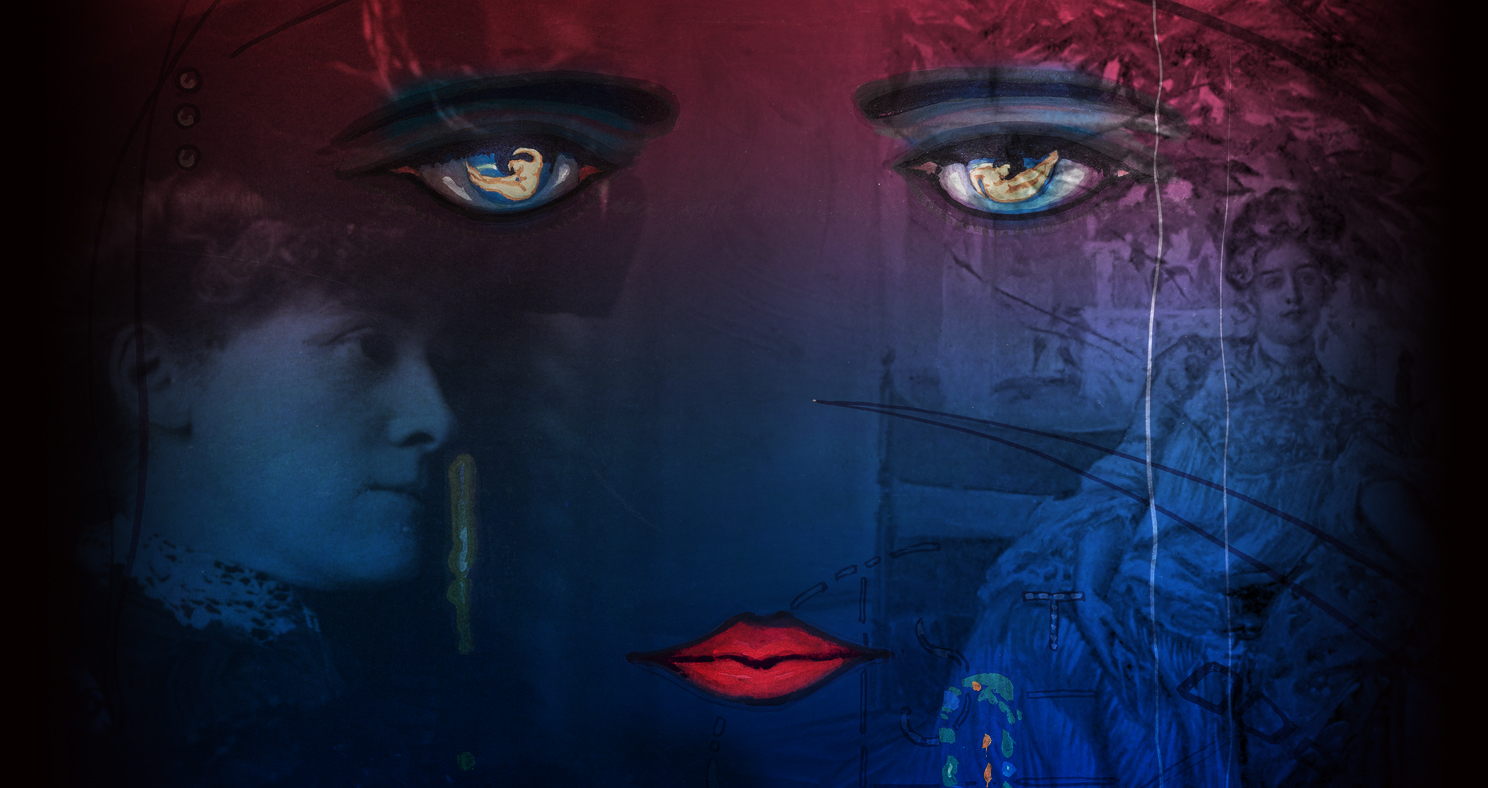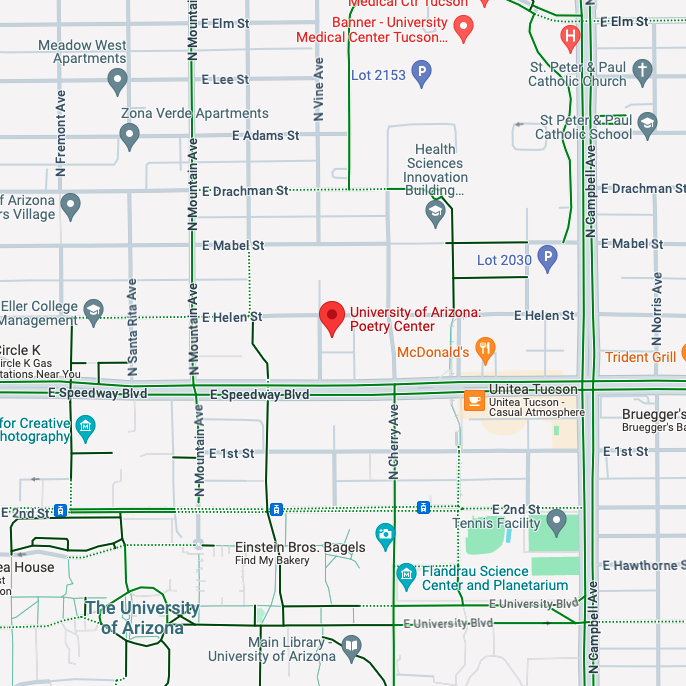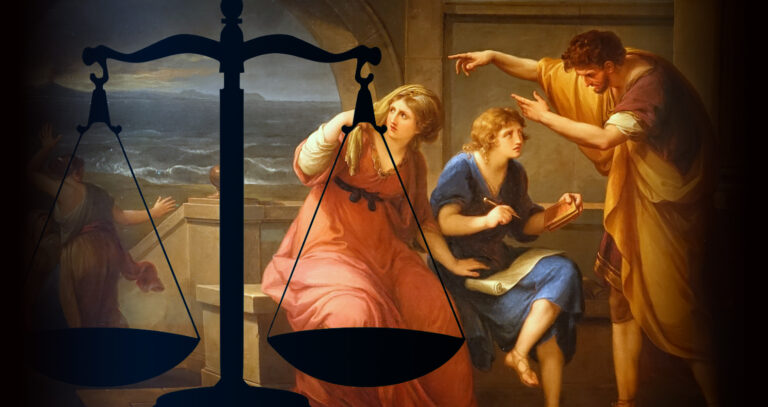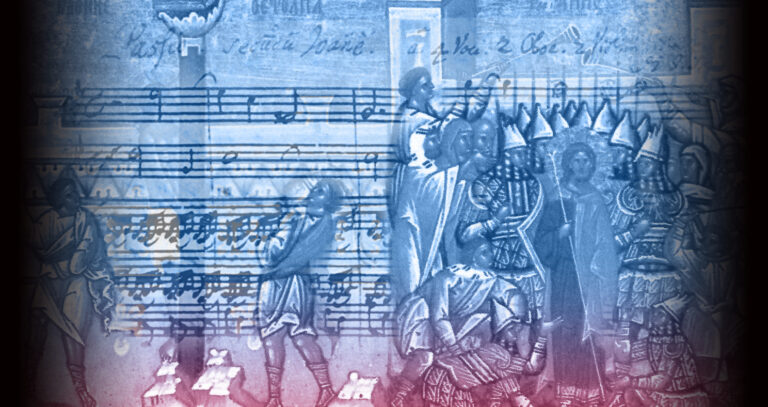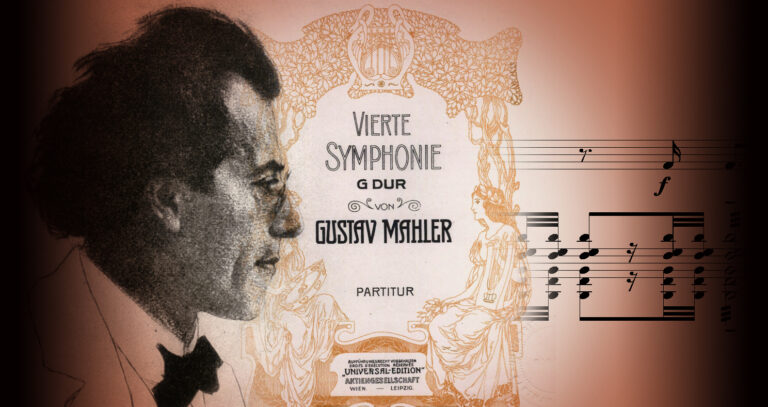After Fitzgerald sent a copy of The Great Gatsby to Wharton, she wrote him back, saying that his was the fiction of the future, hers “the literary equivalent of gas chandeliers.” Although Wharton saw herself as an American Victorian as opposed to Fitzgerald the “Modernist,” they connected as writers in more ways than one. According to Wharton’s biographer, Fitzgerald “revered” Wharton because she anticipated so many of his own themes about money and social class.
This course will begin with Wharton’s The Age of Innocence and Fitzgerald’s This Side of Paradise, both published in 1920. Fitzgerald’s novel would make him the voice of the Jazz Age and rebellious youth, whereas Wharton’s novel would win her the Pulitzer because of its presentation of “the wholesome atmosphere of American life.” Yet the darker side of “American life” in Wharton’s novel would find its way into The Great Gatsby (1925), as would Wharton’s other brilliant novel, The House of Mirth (1905). The last session in the course offers an outside perspective with the addition of James Baldwin’s “Sonny’s Blues” as a contrast to Fitzgerald’s “Babylon Revisited” and Wharton’s “Roman Fever.” All three are wonderful short stories.

